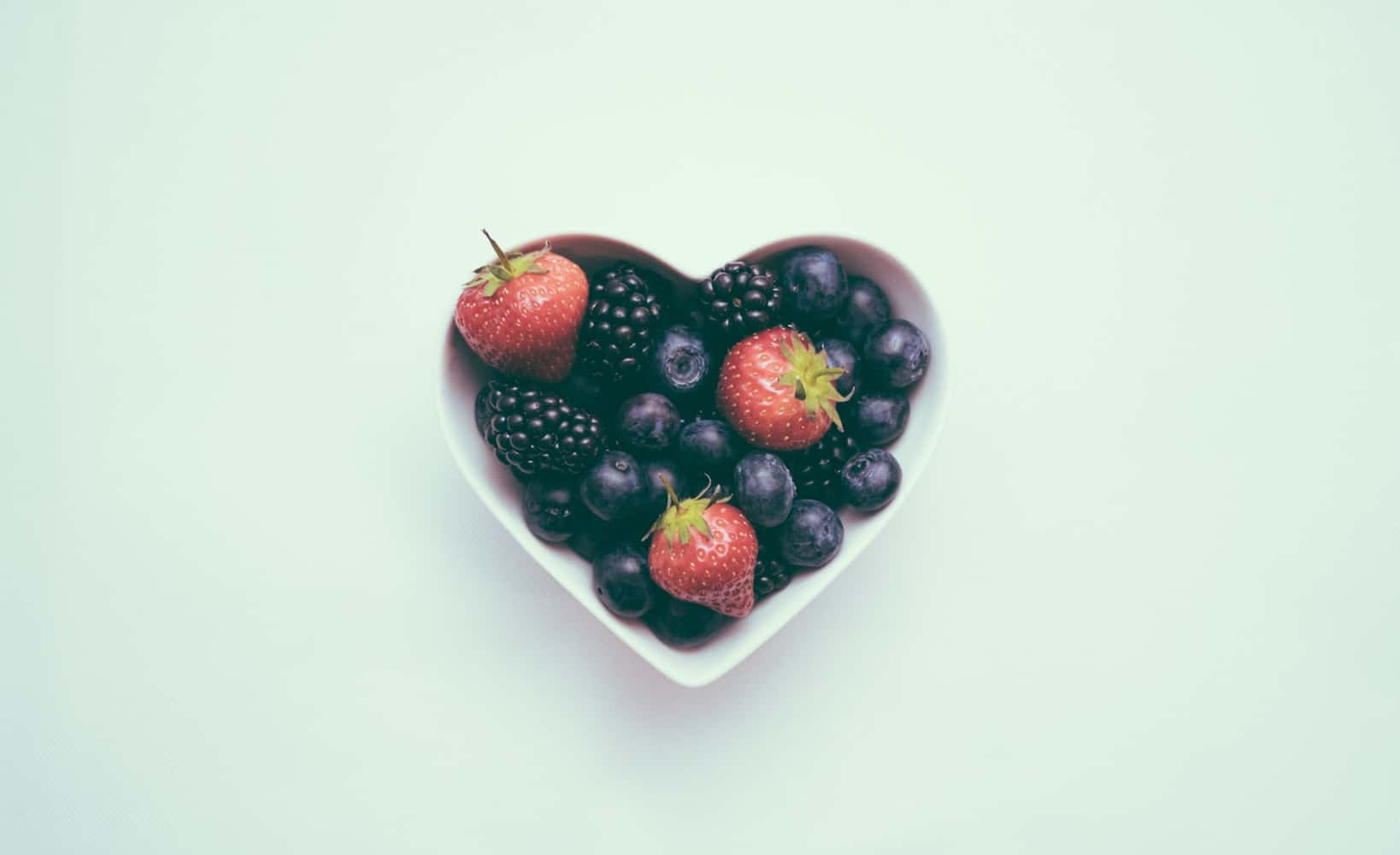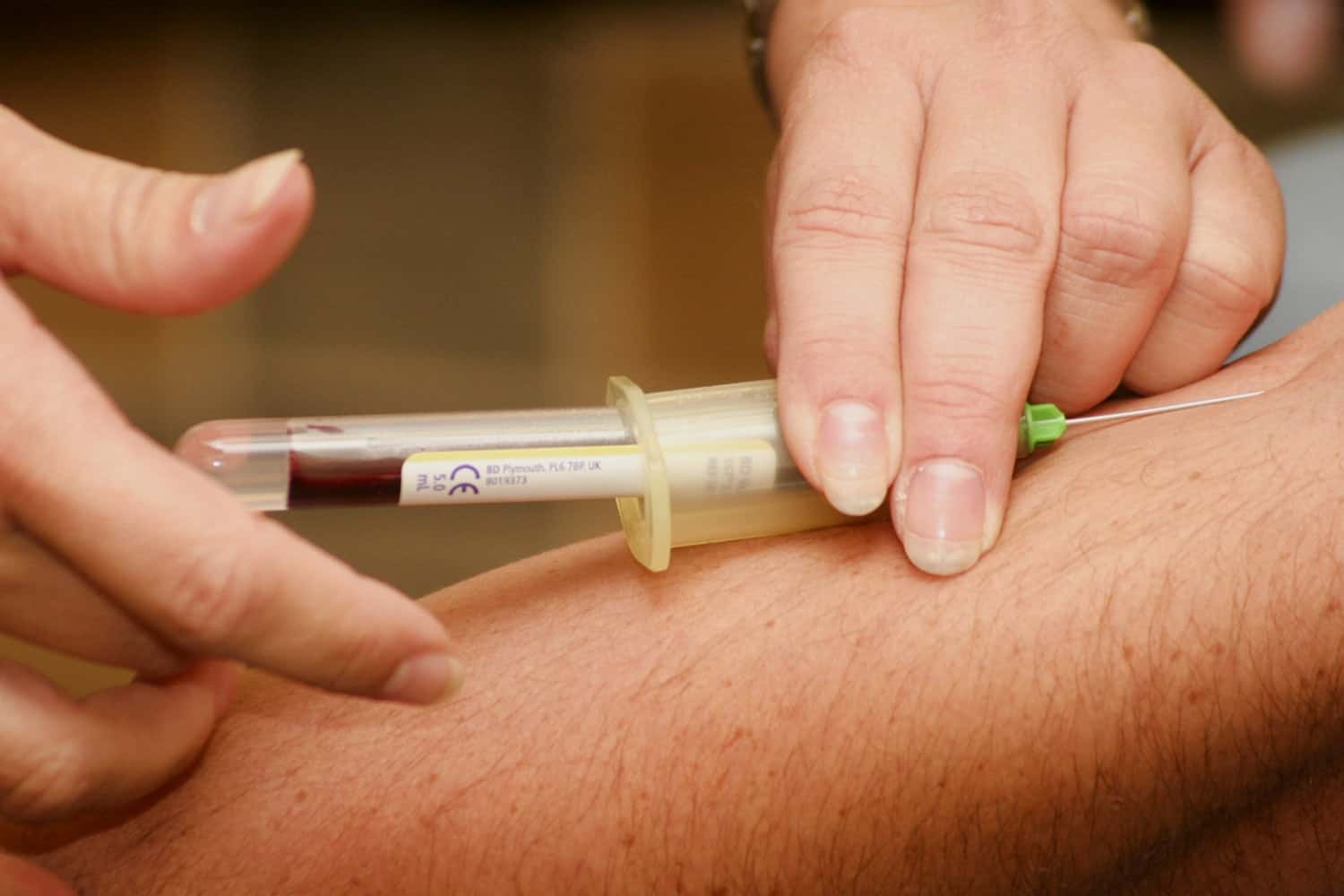
Did you know that having high cholesterol levels is linked to an increased risk of heart diseases? Your diet, including both the foods that you consume and your choice of drink; has a powerful effect on how you can balance the “good” and “bad” levels of cholesterol.
Here we will help you understand the difference between good and bad cholesterol. Plus, discover changes you can make to your lifestyle, high cholesterol foods to avoid and of course, ten foods which will help lower your cholesterol.
Cholesterol is an organic molecule which is essential to the structural make up of cell membranes in your body; made by your liver and found in the foods you eat. It is a type of fat, which comes in two forms. Whilst there is good cholesterol, bad cholesterol can cause major health issues.
Good cholesterol (also known as high density lipoprotein or HDL) can aid in reduced rates of heart problems or strokes. It is an essential fat and works within your blood to help remove bad cholesterol from places it doesn’t belong.
It moves it to the liver which reprocesses the bad cholesterol to make good cholesterol instead. After a cholesterol test, a good level of HDL is considered above 60 milligrams per decilitre (mg/dL).
Bad cholesterol (also known as low density lipoprotein or LDL) makes you more likely to have heart problems or strokes.
It is caused by eating fatty, high cholesterol foods, not exercising appropriately, a failure to lose weight when overweight, smoking and also consuming alcohol in large quantities.
Find out more information about high cholesterol foods here and swap ideas for a healthier diet.
Sadly, high cholesterol can also be inherited; as it can be passed down through a fault in certain genes. The British Heart Foundation are working hard to fund and lead research into good and bad cholesterol and working on ways to reduce the risk high cholesterol poses, leading to heart disease and more.
There are no symptoms to indicate you have high bad cholesterol levels, it can only be found by completing a cholesterol blood test. It is important to get tested if you are worried about your lifestyle or diet; as high levels of LDL can lead to blocked blood vessels and other health issues.
After a cholesterol test, a good level of LDL is considered below 100 milligrams per decilitre (mg/dL).

For decades we have misunderstood cholesterol and how it affects our health. Here we will look at some very common misconceptions about cholesterol.
Here is a short video on 10 foods that help lower cholesterol.
If you are worried about high cholesterol, we have all the details you need to understand what to avoid as part of a healthy diet.

High cholesterol is not the end of your life, so long as you ensure that you make changes to improve your cholesterol levels.
Here are 6 key steps to improving your cholesterol, including 10 foods you can include in your diet.
This is a simple blood test and will determine the levels of HDL and LDL cholesterol in your blood. As this article from The British Heart Foundation shows, it is important to make sure you not only do appropriate research, but speak to specialists. Even medical studies can be flawed, and if you have been told you require medicine to treat high cholesterol; or advised to alter your diet, make sure you follow medical advice.
In some instances, the doctor may prescribe medication to help lower your cholesterol. If you have had a cholesterol test with a result of 190 mg/dL LDL, it is likely you require the help of a medication known as statins.
It is worth noting, Professor Endre Kiss-Toth is leading new research to use a cholesterol lowering protein which can be found in the liver. The great thing about this research is it could lead to the use of a natural alternative to statins, which I’m sure many of us would prefer!
As you we have detailed above, there are a number of high cholesterol foods and drinks which can have an adverse effect on your cholesterol levels. Don’t panic though! We have ten foods which you can add to your diet which will help you to lower your cholesterol levels considerably. These include:
Pectin-rich vegetables include:
Exercise offers incredible benefits that can improve almost every aspect of your life from inside out. This is a great way to improve you HDL levels, leading to lower LDL levels, and of course a generally healthier lifestyle.
Exercise can increase the production of endorphins, which are known to produce positive feelings and diminish the perception of pain. At least 30 minutes exercise is recommended however 60 minutes is best.
You may be aware of the fact that quitting smoking will help improve the health of your lungs and throat, however it can also help to lower your cholesterol. Click here if you require help to quit smoking.
Alcohol can have an adverse effect on your liver, but also your heart. Alcohol drunk in moderation is safe, however too much can raise the triglycerides which combined with low HDL cholesterol can lead to heart disease.
You can always ask your GP for help, if you struggling to cut down.
We have seen that there are many risk factors that can trigger your cholesterol levels, from a poor diet to lack of exercise. Lowering your cholesterol is not just a matter of changing your diet, of course, food plays a very important part. However, a change of lifestyle choices is a key factor in succeeding.
You now have a clear explanation of the difference between good and bad cholesterol, but also how you can avoid the bad and increase the good! With our list of high cholesterol foods and a second list of those which can help lower your cholesterol.
Making small changes to your lifestyle can have greater impact on your health, you can now begin to make the right lifestyle and dietary decisions to lead a healthier life.
If you are unsure on how to make those dietary changes you should always seek medical advice, ask your doctor for a referral to a dietitian, they can give you a personalised diet to better suit your lifestyle.